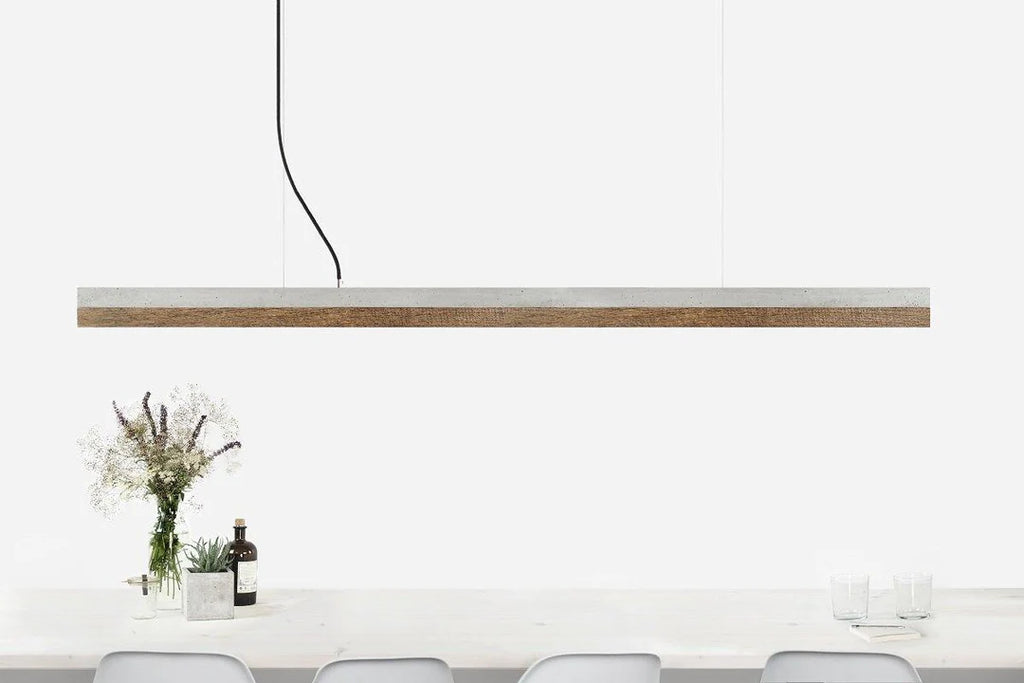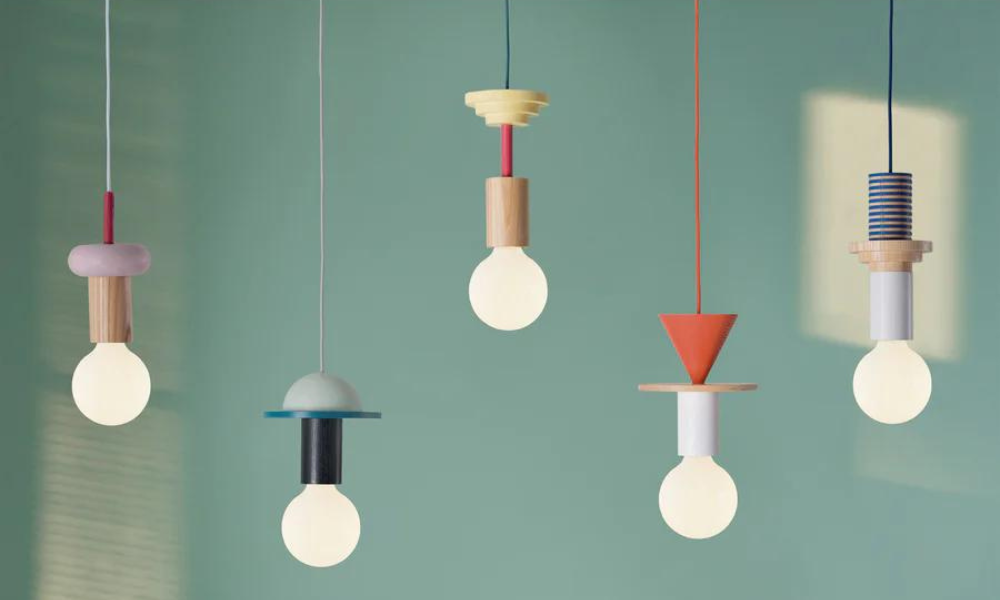
A kitchen isn't just a room.
It's the hub of the home, a place for culinary experimentation (for 30-60 minutes a day for most Americans), a place where your kids' first-ever school drawings are pinned on the fridge, and, since the pandemic, possibly even the place you call work.
With that in mind, getting every aspect of your kitchen's design is crucial. With most homeowners renovating their kitchen without changing its size, focusing on decor is a must.
And while it's easy to focus on the big aspects of changing up your kitchen - the tiles' color and size of the island - the small touches make just as big of a difference.
The lights for your kitchen island, for example, can update an old-fashioned kitchen or simply give your cooking space a new atmosphere.
So what's the best kitchen island lighting for your space? Let's take a look at how to light a kitchen island according to your style.
Kitchen Island Pendant Lights - How to Choose Yours
Pendant lights - which hang from your ceiling in the style of a pendant (hence the name), remain the go-to style of kitchen island light. While this somewhat narrows your search for the perfect lights, there are still a few things to consider before choosing your dream island pendant lights.
How to Choose the Right Size
The size of the pendants depends on the space you have to hang them and the size of your kitchen in general.
Put small pendants in a large kitchen, and they're at risk of being drowned out by the rest of the decor. Put large pendants in a small kitchen, and they might draw too much attention and draw the eye away from other important details. It also depends on how much of a focal point you want your island to be.
Naturally, larger pendants won't blend in as much, so they'll catch the eye of visitors to your kitchen. Smaller pendants are better when you want to keep things simple and consistent, avoiding one particular piece of decor becoming the focal point.
Try to select a size that's in proportion with the rest of the room. If your kitchen's on the smaller side, try a set of smaller pendant lights, like the Small Cherry pendant by Petite Friture or the Blush from Northern. Bigger kitchens have space for larger, more statement pieces, such as this Asteria pendant by Umage. If instead you wish to experiment with a longer, linear-style lights consider such lamps as Gant C series or the Austere range from Trizo21.

Gant Lights Concrete and old wood pendant light in light grey concrete
How to Choose the Right Material
Choosing the right material comes down to two variables - the rest of your kitchen and the type of light you want in the room. If your kitchen's overall design is industrial or modern, look for metal, ceramic, or glass pendant lights, such as this stylish pendant by Petite Friture.
Rooms with a softer, more boho decor will suit fabric or bamboo pendants. We love this bamboo pendant lamp from Forestier in a country-style kitchen.
The material of your lamp can affect the style of light in your kitchen, too. Glass, bamboo, and fabric shades emit more ambient lighting, while metal or ceramic shades create a more directional light source.
How to Choose the Right Placement
To get the placement just right, measure the length, width, and height of your island. For best practice, leave between 5 and 15 inches between the end of the island and your pendant and around 30 to 40 inches between the light and the countertop.
Consider Consistency
One thing you need to think about when selecting kitchen island lights is consistency. If the rest of your kitchen has chrome fittings, a set of brass pendant lights might look out of place.
If your overall interior design has a more eclectic vibe, on the other hand, quirky design choices will suit the rest of the home. In the same way, period properties suit more traditional designs, while modern homes work well with avant-garde fixtures.
Always consider the context of a design choice before going ahead with it.
Try Different Heights
Want to make your kitchen island lighting the eye-catching centerpiece of the entire room? Try something a little more dramatic.
Instead of purchasing pendants and hanging them all at the same height, opt for different heights to give your kitchen more of an eclectic vibe and make a statement.
To Color or Not to Color?
Keeping your pendants neutral to blend in with the rest of your kitchen creates a polished, sleek, consistent look across the room.
But if you truly want your pendant to pop, consider investing in a more colorful option, such as this modern pendant option by TEO.
Mix It Up
You know what they say about rules. They're meant to be broken.
While having three of the same pendant lights hanging over your kitchen island gives a consistent feel, it's not a must if you'd prefer to try something different. While a fundamental design rule is to repeat elements three times, there's nothing to say these elements must be absolutely identical.
Rather than choose completely different styles, you'll achieve a more uniform (but still quirky!) look if you keep a similar style but change one element, such as size.

Junit pendant from Schneid Studio
Don't Forget About Bulbs
While getting the right kitchen pendant lighting for your home can be a game-changer, the bulb you choose can have a more significant effect than you think. Bright white bulbs flood the room with more light but can feel a little more clinical, while warm white bulbs give the room a warmer feel.
Always Put Quality First
Whether you're choosing a new set of pendant lights for yourself or an interior design client, one thing's non-negotiable - quality.
Investing in a poor-quality set of lights is a recipe for disaster. You risk breakages and excessive wear and tear, meaning you'll have to break the bank for a new set of lights further down the line.
Instead, invest in kitchen island pendant lighting from a brand you know you can trust, like Luminesy. Every piece in our thoughtfully curated kitchen lighting collection is made with only the finest materials, so you never have to compromise on quality or style.

